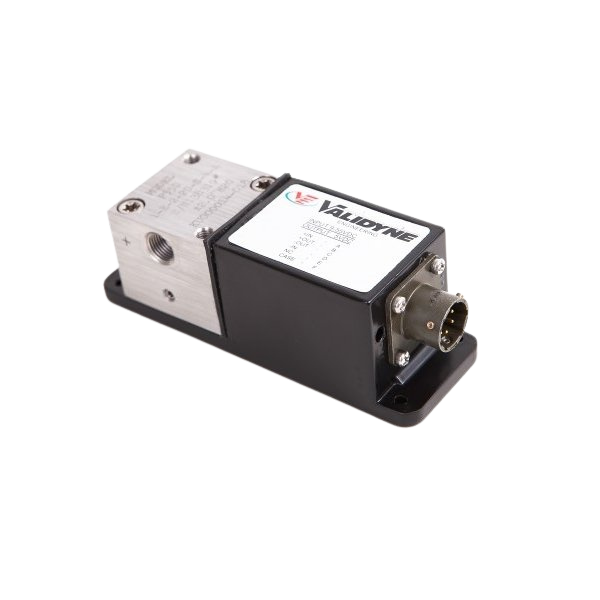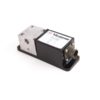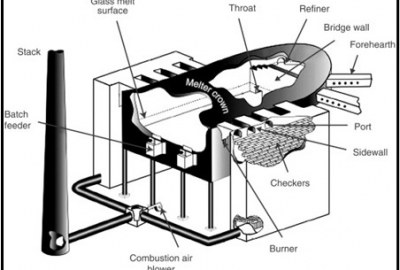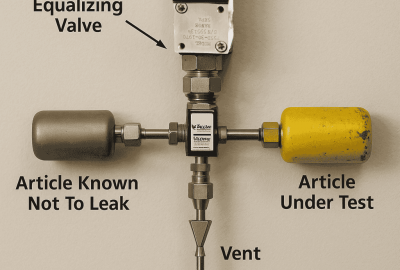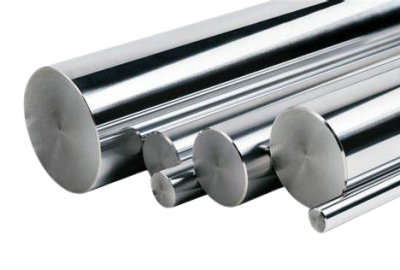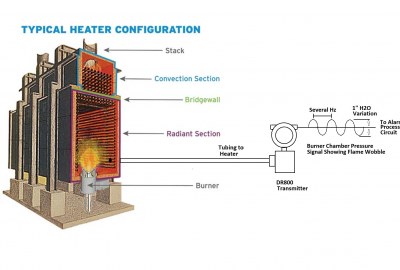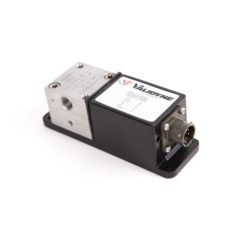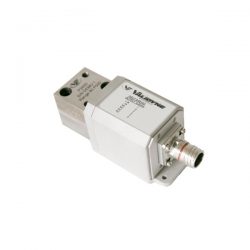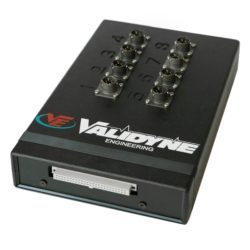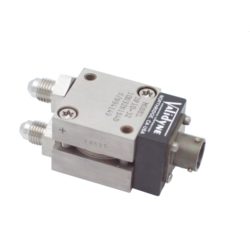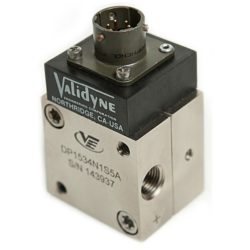Pressure Measurement
What is the Difference Between Line Pressure and Overpressure?
The over pressure and maximum line pressure specifications for differential transducers are often confused. This application note will describe the differences and give examples.
Over Pressure:
For all differential pressure transducers, over pressure is defined as the maximum differential pressure the transducer can withstand without compromising subsequent measurements. This is determined by the Validyne pressure range code of the transducer . The range code is given in the transducer model number.
For example, a transducer having a -36 range code will measure from 0 to +/-5 psi, differential
pressure. If the sensor is exposed to up to 10 psi differential, no damage will result and the transducer can make subsequent measurements of 5 psi and below accurately.
Some further examples:
-42 will tolerate a maximum differential pressure of 40 psi
-20 will tolerate a maximum differential pressure of 7 In H2O
-56 will tolerate a maximum differential pressure of 1000 psi
Note that the maximum pressure that the P55 or DP15 sensor can contain is 4000 psig! So the -64 range, with a full scale of 3200 psi differential will likely leak once the over pressure reaches 4000 psig – somewhat less than twice the full scale range of the transducer.
Line Pressure:
The line pressure specification is the maximum pressure that can be applied to both ports at the same time. The maximum line pressure for the P55D, for example, is 3200 psig, and this is the maximum pressure that can be applied to both ports simultaneously. It is often necessary to measure small differential pressures at high line pressures – as in measuring the pressure drop across a high-pressure filter. The filter may operate at 1000 psig, but have less than a 5 psi differential pressure drop across it. A P55D with range code -36 could be used to measure the actual pressure drop across the filter because the + port (upstream side of the filter) might have 1005 psig and the – port (downstream side) 1000 psig. There is a difference of 5 psid but the common-mode line pressure is 1000 psig.
There is a slight error that occurs as a function of line pressure – the zero output will shift as much as 1% per 1000 psig of line pressure. This can be corrected using a 3-valve manifold so that the differential pressure can be equalized across the sensor while the full line pressure is applied to both ports. Turning the Zero adjustment will re-zero the output signal at the operating line pressure.
For any differential transducer operating at high line pressures, care must be taken not to expose one side of the transducer to full line pressure while the other side is at atmospheric pressure – this will result in severe over pressure and require repair.
Comments are closed

